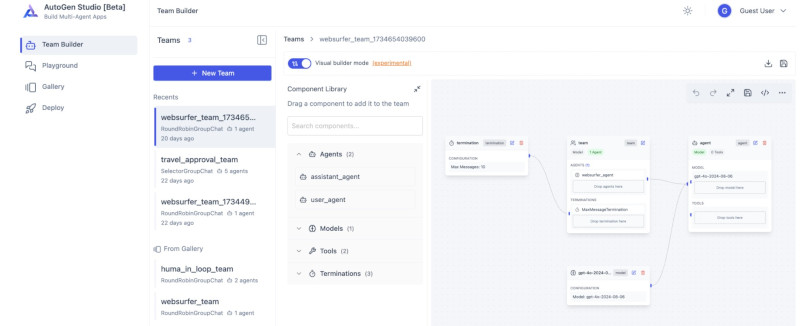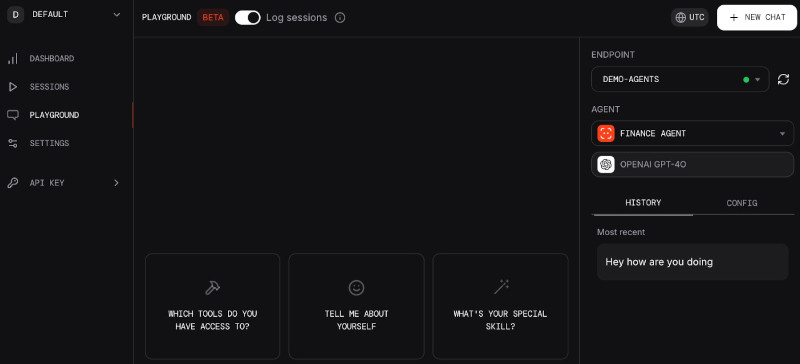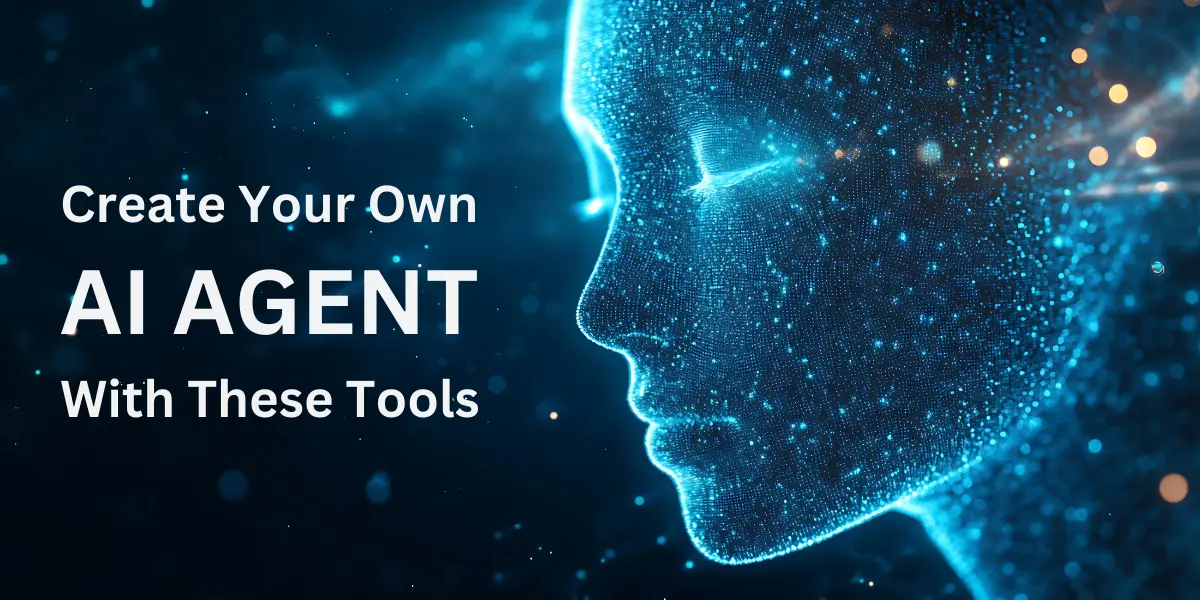The AI revolution might’ve kicked off with LLM chatbots, but it’s marching forward next with AI agents. Agentic AI will make systems that are more convenient and productive than ever before. But if you want to create a team of intelligent bots that can think and act autonomously, where do you start?
To avoid having to code the logic from scratch, you’ll want to download the right tools. With AI frameworks, you can train your agents how to respond to different situations. Read on to learn about some of the most popular frameworks for creating AI agents today.
LangGraph
Let’s start off with the gorilla in the room: LangChain and its ecosystem.
Let’s say you have a complex scenario where you have multiple AI agents pull metrics from your clients and come up with a supply plan that would meet all of their needs. What tool can develop a system with this level of complexity?
LangGraph can. It’s an AI framework that’s built on top of and extends LangChain.
As hinted by its name, LangGraph lets you build nodes in a graph, where each node can be a function you want agents to perform. You can cycle through these nodes to check for behavior and loop back around to previous states—in short, non-linear cooperation.
This framework is powerful but can be overwhelming to use. Nevertheless, if you can imagine it, LangGraph can probably do it.
Download: LangGraph / LangGraph Studio
CrewAI

Let’s say you want to deploy a team of AI agents as fast as possible. For instance, maybe you want one agent to enter payments into accounting, another to identify payments that didn’t reconcile, and a third agent to research what caused the issue.
For this kind of task coordination, CrewAI might be your go-to AI framework. Some say it’s the easiest to prototype a multi-agent system with, and its Pythonic nature makes code development familiar and fast.
You can assign each AI agent a defined role, such as data entry or researcher, and have them work together (or report to you) to achieve a goal. It’s like having your very own A-Team—I love it when a plan comes together.
Download: CrewAI
OpenAI Swarm

Front-line developers will tell you that running AI agents in production is not as easy as case studies would have you believe.
OpenAI Swarm—made by the same company that gave us ChatGPT—attempts to overcome this hurdle. It’s arguably the sleekest, most lightweight framework out there so far.
Instead of requiring defined roles, its AI agents cooperate like a swarm of insects. In working toward a task, each agent can hand off tasks to another. This approach removes the need for a central controller, with the ultimate prize being a flexible and scalable solution.
OpenAI Swarm is still experimental, but if you wanted efficiency like the Borg from Star Trek, then OpenAI Swarm might be the closest to it!
Download: OpenAI Swarm
AutoGen

Let’s say tons of customers contact your company all day, but their emails land in the general inbox. Who should each query be directed to? Automating a task like this effectively requires reasoning.
Microsoft’s AutoGen aims to take this crown. AutoGen’s approach is to have the chatbots (LLMs) talk to each other to solve a problem, like a team having a meeting.
Other early adopters say that AutoGen’s approach has led to multi-agent systems that are superior at rewriting code. If that’s true, it’s only a matter of time before they start autonomously scheduling daily scrums or standups.
Download: AutoGen / AutoGen Studio
Flowise
Imagine that you have a commerce site with a gigantic inventory of niche products. Sure, you could pray that a traditional search will lead customers to the right page. Or, you could create an AI agent that users can talk to and be directed to exactly what they’re looking for.
With Flowise, creating AI agents might be within anyone’s reach. Flowise uses a drag-and-drop interface for a low-code/no-code setup. This design puts it in competition for the best rapid prototyping tool for AI agents out there.
Non-technical users can iterate quickly and get an MVP off the ground without the resources of a full development team. Perhaps other tools might lead the way in advanced workflows, but Flowise wins when it comes to user-friendliness.
Download: Flowise
Phidata

If you’re looking for an open-source tool that’s easier to use than the first three powerhouses on our list, then this next framework might be the one for you.
Phidata creates agents with a built-in UI for testing, called the Agent Playground. This framework can handle multiple types of data from the start, such as text, video, images, and audio. It’s already equipped to do RAG (retrieval-augmented generation), so your agents can pull information from the internet or local knowledge bases.
Some say that Phidata performs these versatile capabilities while still using up fewer tokens than the more complex frameworks.
Download: Phidata
PydanticAI

To end our list, I’ll share with you another framework that aims to streamline the logic of making AI agents.
PydanticAI is a model-agnostic framework, so you can bring in different LLMs like Anthropic and Groq. It’s also Python native, another point for its ease of development.
Users have reported that Pydantic implements a straightforward design process that just makes sense. And that it’s one of the best frameworks for creating AI agents that won’t become increasingly unmanageable as the task grows more complex.
Download: Phidata
That completes our roundup for today! The technological landscape for AI agents is shifting overnight, but hopefully, I’ve helped bring you up to speed.

